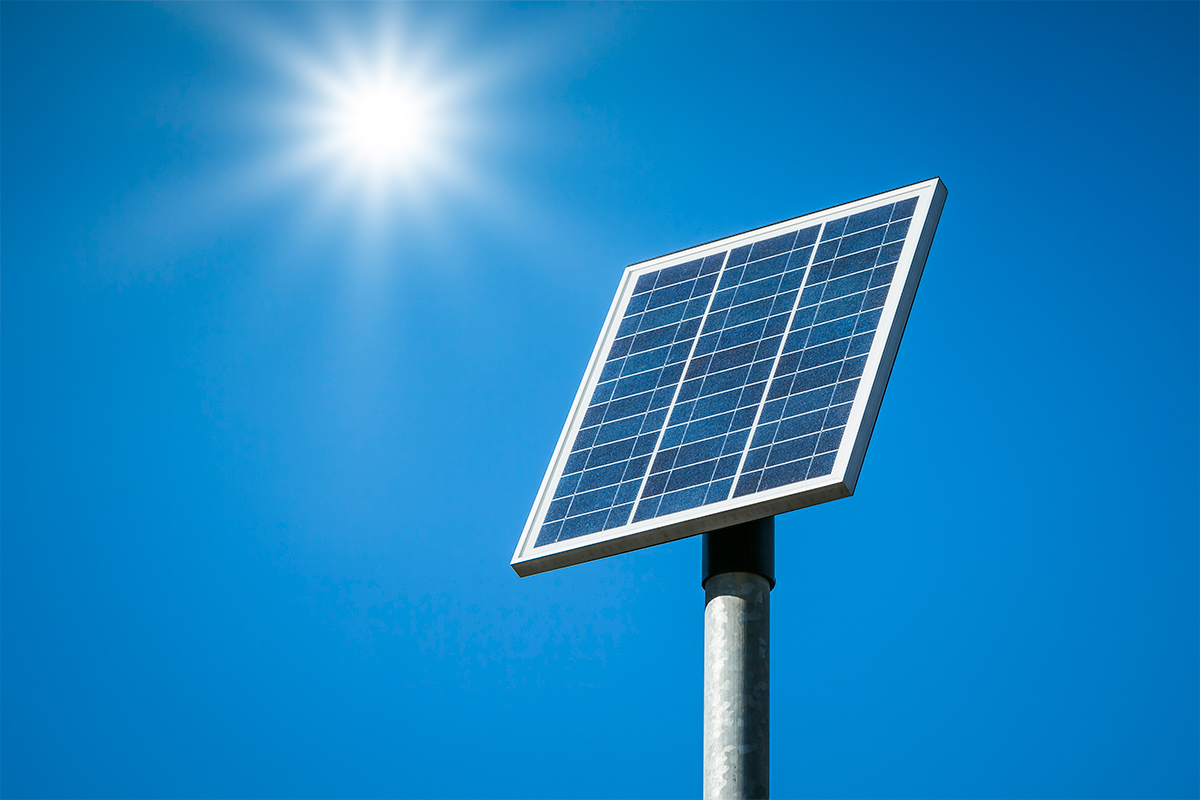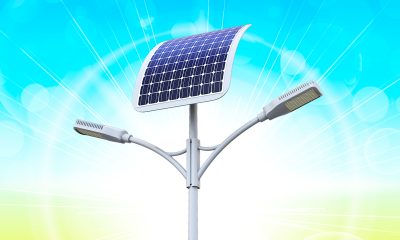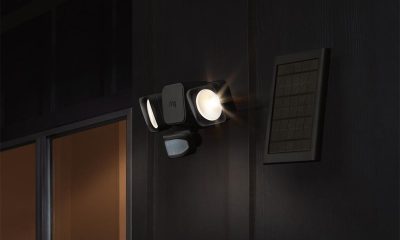A polycrystalline solar panel is a photovoltaic module that comprises an array of polycrystalline photovoltaic cells. Photovoltaic cells, commonly known as solar cells, utilize incidental solar radiation to generate electrical energy. A solar cell has a p-n junction which separates positive (holes) and negative (electrons) charge carriers, thus producing an electrical current across the cell and external circuitry. The p-n junction is commonly based on crystalline silicon. Silicon solar cells come in two types: monocrystalline cells and polycrystalline cells.
In contrast to monocrystalline cells made from a single large crystal, polycrystalline solar cells are made from thin wafers of silicon cut from an ingot of melted and recrystallized silicon. Rather than the cylindrical shape of monocrystalline ingots created using the Czochralski process, polycrystalline ingots can be cast in rectangular prisms. Polycrystalline ingots are sliced into thin wafers which can be fully packed into solar panels with no empty spaces in the corners of the cells. On the other side, a monocrystalline ingot is grown by dipping seed crystal silicon into molten silicon and drawn up very slowly. The process is time-consuming. Furthermore, a significant amount of the original monocrystalline silicon ends up as waste because four sides must be cut out of the ingots to make silicon wafers. Obviously, the process used to make polycrystalline cells is less time-consuming, labor-intensive, and creates less material waste than the process used to make monocrystalline cells. Due to the simpler manufacturing process and minimal silicon waste, polycrystalline cells are approximately 30% cheaper than equivalent monocrystalline cells
In addition to their distinct square shape, the presence of silicon crystal grains of various sizes and orientations results in an irregular crystal structure and the speckled blue color of polycrystalline solar cells. The irregularities and imperfections in the crystal structure leads to a lower energy conversion efficiency when compared with monocrystalline solar cells. The efficiency of polycrystalline solar panels is typically 14-16%, while monocrystalline cells has an efficiency approaching 25%.



















Loading...